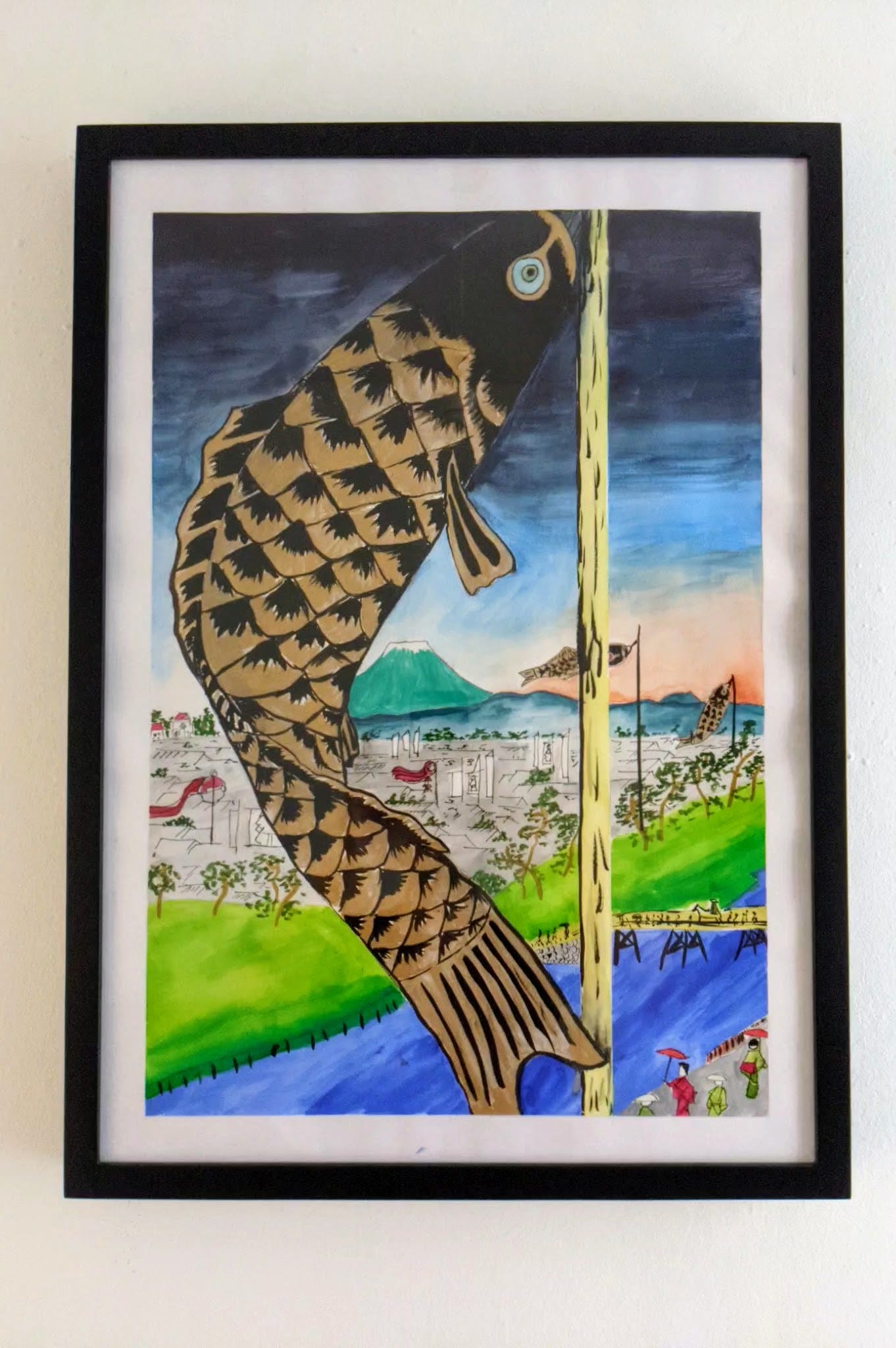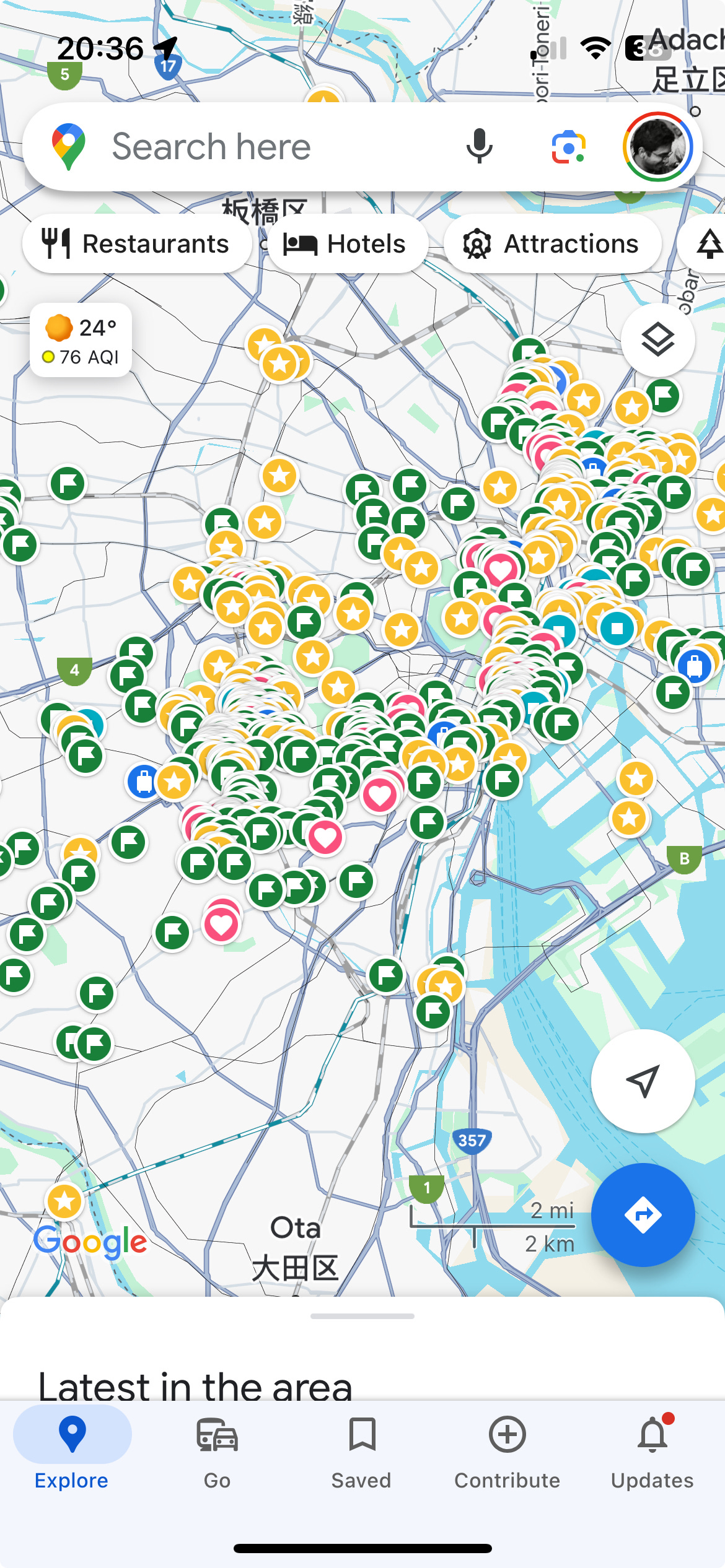The round-the-world tour has brought us to LA now - which is why you’re getting this on Friday evening Pacific Time. While physical jet-lag will be a reality for us over the next 6 weeks, this was our first big time-zone change. While the rest of the body has adjusted, our stomachs are still stuck in Japan. It also means it was difficult to find some space and time for art. So here’s something from the archives, but a timely one at that. April-May is the build-up season to ‘Children’s Day’ celebrations in Japan. It’s one of the first pieces I made when the lockdowns hit in 2020 and is inspired by one of the doyens of the Ukio-e era: Hiroshige. The giant carp-shaped windsock in the foreground is the most significant symbols of celebrations during this ‘Children’s Day’ season.

Here are this week’s finds - all that is fascinating us about food in Japan:
BREAD HEAVEN Last week, I think I ate nothing but bread for 24 hrs. Japanese bread is just. so. good. But why? Fat, sugar and a Japanese-invented dough named tangzhong make a world of difference to bread textures.
CAKEY ASPIRATIONS Japan’s fascination with dough runs deep, and starts early. In no other country can I imagine surveying elementary school kids on their most desired occupation and the answer being “work in a bakery or a cake shop”.
PIZZA CRAFT Since our first visit in 2016 my Google Map for Tokyo has gotten steadily crowded. Of all the most frequented places, pizza joints come out on top. And there’s good reason for it. Some of the best pizza in the world (yes, world) is found in Japan. The reason lies in the thinking of pizza as a sacred craft - the word "craftsperson" doesn't quite capture the totality of dedication and cultural reverence embedded in "shokunin." This word represents a person's full commitment to every detail of a craft, whether they're a temple carpenter or head sake brewer or pizza maker.

Our Tokyo map - too disorganized to be shared, too curated to be abandoned ANIME FOOD We were at Ghibli Park last weekend and there was a limited time exhibition about food in Ghibli movies. Food plays a big role in Anime. So much so that sharing anime clips of food and eating is a subculture of its own. “The immersive nature of anime and its ability to make anything and everything look hyper-realistic, especially food, almost as if you can reach out and taste what you see on-screen, is allowing audiences to not only identify with their favourite characters but also imagine what life is like in the ‘animeverse’. In a world that’s often all doom and gloom, food-based anime content is joyful and soothing to watch.”
CURRY RIDE Here’s something unexpected: the average person in Japan ate curry more frequently than sushi or tempura. My favorite curry place is hidden on the second floor of a nondescript building in a back alley in the books district, Jinbocho. But how did Japan find curry? You can thank the British. Legend has it that curry was introduced to Japan by way of a shipwrecked British sailor who was carrying curry from India, and was picked up by a fishing boat off the coast of Japan.
